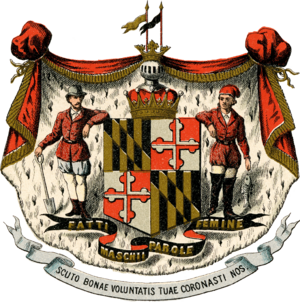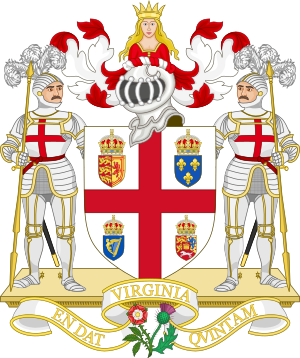Southern Colonies facts for kids
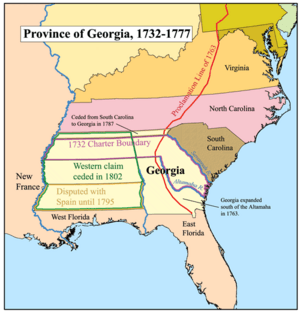
The Southern Colonies were a group of early settlements in British North America. They included Maryland, Virginia, Carolina (which later split into North Carolina and South Carolina), and Georgia. Later, East Florida and West Florida were added, but Spain eventually took them back.
These colonies were the start of what we now call the Southern United States. They were located south of the Middle Colonies. Virginia and Maryland were sometimes called the Chesapeake Colonies because they were near the Chesapeake Bay.
The Southern Colonies became rich by growing special crops known as cash crops. These included tobacco, indigo, and rice. Growing these crops required a lot of labor. Because of this, slavery became much more common here than in other British colonies.
Contents
Carolina: A Colony of Lords and Farmers
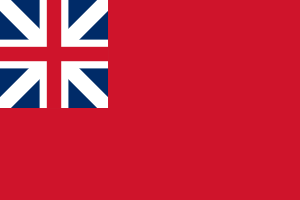
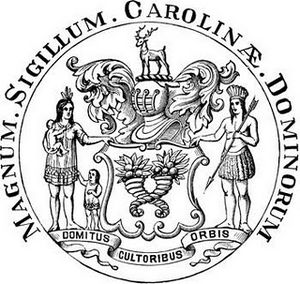
The Province of Carolina started as an English colony in North America. It was first planned in 1608. A new plan was made in 1663 for eight English noblemen, who became the Lords Proprietors of Carolina. They were:
- Duke of Albemarle (1608–1670)
- Earl of Clarendon (1609–1674)
- Baron Berkeley of Stratton (1602–1678)
- Earl of Craven (1608–1697)
- Sir George Carteret (about 1610–1680)
- Sir William Berkeley (1605–1677)
- Sir John Colleton (1608–1666)
- Earl of Shaftesbury (1621–1683)
These Lords controlled Carolina from 1663 to 1729. Shaftesbury and his helper, the thinker John Locke, made a detailed plan for the colony. This plan, called the Fundamental Constitutions of Carolina, tried to organize society based on how much wealth settlers had.
Carolina's Economy and Changes
By 1680, Carolina was exporting a lot of tobacco, lumber, and pitch. However, the settlers didn't always follow the Lords' rules.
By 1691, there were disagreements about how to govern the colony. A deputy governor was chosen for the northern part. Eventually, the British government bought out the Lords Proprietors. Both North and South Carolina then became royal colonies, meaning the king directly ruled them.
Georgia: A Fresh Start and New Rules
The British colony of Georgia was founded by James Oglethorpe on February 12, 1733. It was named after King George II. The Georgia Trustees managed the colony.
The Trustees had a special plan for Georgia, called the Oglethorpe Plan. They wanted it to be a farming society with small farmers. They even tried to stop slavery there.
Georgia's Challenges and Growth
In 1742, the Spanish invaded Georgia during a war. By 1752, the Trustees gave control to the Crown. Georgia then became a Crown colony with a governor chosen by the king.
Georgia's warm weather and swampy lands were great for growing crops. These included tobacco, rice, sugarcane, and indigo.
Maryland: A Haven for Religious Freedom
George Calvert received permission from King Charles I to start the colony of Maryland in 1632. After George Calvert died, his son, Cecilius Calvert (also known as Lord Baltimore), took over.
The Calvert family was wealthy and Catholic. Lord Baltimore wanted Maryland to be a safe place for English Catholics. Many wealthy Catholics couldn't practice their religion freely in England.
Religious Tensions in Maryland
Lord Baltimore planned a society where nobles owned large farms and tenants worked the land. But land was very cheap, so many Protestants moved to Maryland and bought their own land. Soon, Protestants became the majority.
By 1642, religious tensions began to rise. Lord Baltimore had to step in. In 1649, he helped pass the Maryland Toleration Act. This law made Maryland the second colony (after Rhode Island) to allow freedom of worship for Christians. However, the law didn't completely stop the religious conflicts. In 1654, Protestants stopped Catholics from voting and even removed a governor who supported tolerance. Maryland remained mostly Protestant until Calvert regained control in 1658.
Virginia: The Old Dominion's Story
The Colony of Virginia was an English colony in North America. It existed briefly in the 1500s, then continuously from 1607 until the American Revolution. After 1707, it became a British colony.
The name Virginia was first used by Sir Walter Raleigh and Queen Elizabeth I in 1584. Jamestown was the very first town built by the Virginia colony.
Virginia's Growth and Legacy
After the English Civil War in the mid-1600s, King Charles II nicknamed Virginia "The Old Dominion." This was because he felt Virginia had been loyal to the English monarchy during that time.
Virginia continued to grow as other colonies were founded. Tobacco farmers owned the best land near the coast. So, new settlers moved further inland. Sir William Berkeley, the colony's governor, sent explorers to open up new areas for settlement beyond the Blue Ridge Mountains.
After gaining independence from Great Britain in 1776, the Virginia Colony became the Commonwealth of Virginia. It was one of the original thirteen states of the United States. Its official slogan is "The Old Dominion." Later, the states of West Virginia, Kentucky, Indiana, Illinois, and parts of Ohio were all created from land that was once part of the Virginia Colony.


